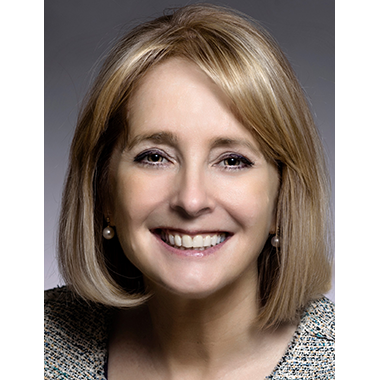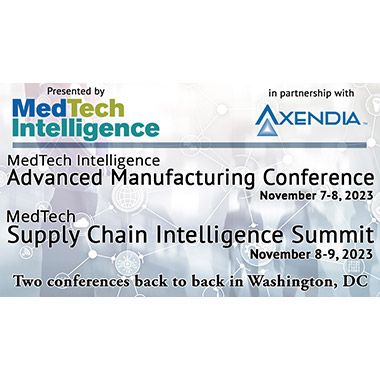

RFID and IoT technologies can strengthen the medical device supply chain and improve workflows. The following real-life examples illustrate the benefits that can be achieved.

RFID and IoT technologies can strengthen the medical device supply chain and improve workflows. The following real-life examples illustrate the benefits that can be achieved.

Maria Shepherd, president and founder of Medi-Vantage and co-founder of MedExecWomen, discusses her career in the medical device industry, what led her to launch her own company and the joy of “finding her tribe” among fellow female executives committed to bringing up the next generation of women leaders in MedTech.

As technology component pricing continues to rise, MedTech manufacturers are applying proven methods and exploring new approaches to maintain profitability and extend product lifecycles.

“We are pleased to expand our board of directors with two highly qualified executives from different sectors of the healthcare industry.”

Medtech companies can receive up to $300,000 for the adoption of advanced manufacturing technologies through the MDIC Advanced Manufacturing Clearing House. The program is designed to speed adoption and provide guidance for industry and the FDA on the most beneficial applications of advanced technologies.

At Device Talks Boston in May, Ronald Kurz, Sr. Director and GM at Canon Virginia, Kathryn Unger, Sr. Mgr. of Global ESG Communications at Boston Scientific, and David Ettl, COO at Gradian Health System, addressed the question, how can we make medical products sustainable?

As 3D printing gains a more prominent place in the manufacture and protoyping of medical devices, advances in technology and materials are expanding indications. We spoke with John Kawola, CEO of Boston Micro Fabrication (BMF), about the move toward micro 3D printing and how this technology is supporting the drive for miniaturization and minimally invasive medical treatments.

Medical technology companies are caught between rising costs and increasing inflation as well as stricter regulations due to the introduction of the EU Medical Device Regulation. A strategic price adjustment can help to face these challenges and secure the companies’ success in the long term.

Share your research, experience and expertise with your peers at the upcoming Medtech Advanced Manufacturing Conference and Medtech Supply Chain Intelligence Summit. Call for abstracts is now open.

Selecting a strong medical device contract manufacturer is critical to ensure supply chain resiliency, regulatory compliance, and long-term success for a medical device OEM. This article is a guide to the most important questions to ask yourself and your contract manufacturer to help ensure a successful partnership.